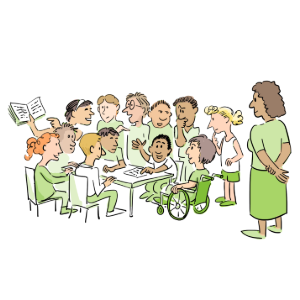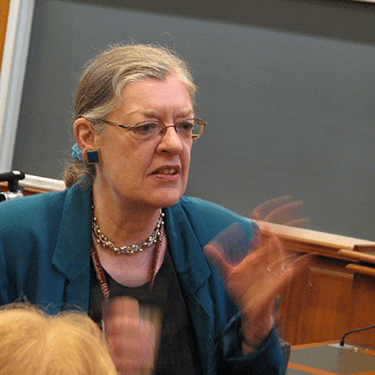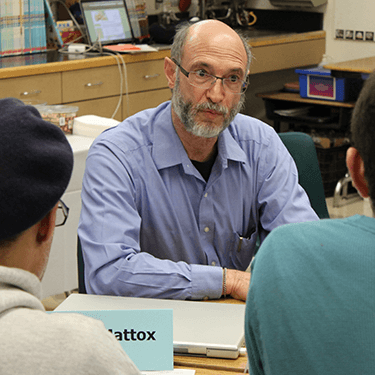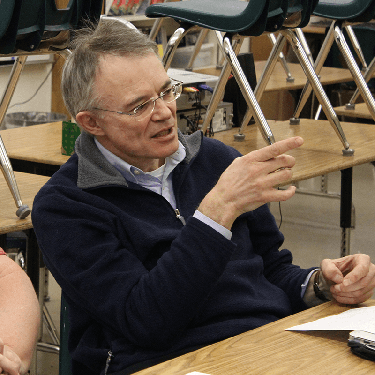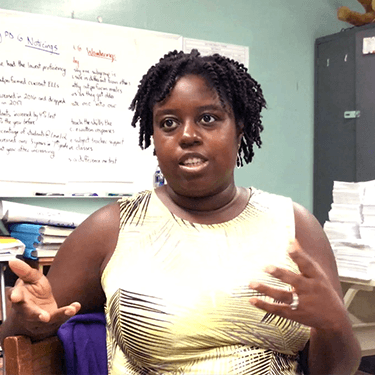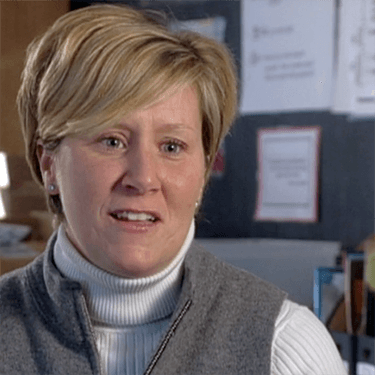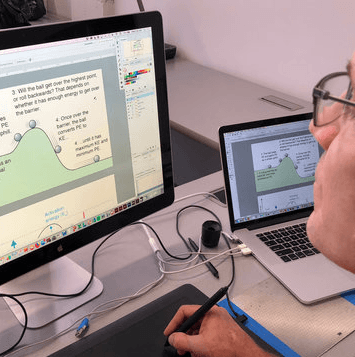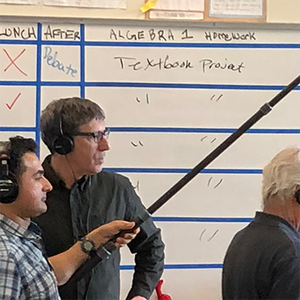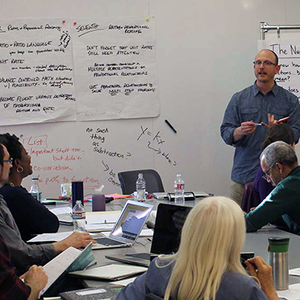SERP Institute
Bridging Research, Practice, and Design in Education
The Strategic Education Research Partnership generates innovative, scalable solutions to our schools’ most pressing problems through sustained collaborations among education researchers, practitioners, and designers. We work to improve the learning and engagement of all students and to give teachers and students greater agency.
Recent additions:
The Academically Productive Talk Project
This media-rich resource is for teacher educators and teachers who are interested in infusing academically productive talk into instruction.
K-2 Literacy Professional Resources
New research-based online courses and companion resources designed to support highly effective literacy instruction are now available.
Improving Teaching and Learning System-wide
Suzanne Donovan, Paul Cobb, and Kara Jackson present ten essential actions essential to system-wide improvement in teaching and learning.
WORLD Generation
SERP's
Social Studies Generation
(SoGen) series has been adapted by the Center for the Success of English Learners (CSEL). Four
WORLD Generation
units are now free for the public to download. More are currently in development.
Recent Blog Posts

A SERP Success Story
THE CHALLENGE: How can we get middle school students excited about learning, engaged in civics, and excelling academically—all while improving the experience of teachers and school leaders?
This lively nine-minute video documents how SERP's free WordGen Weekly program started this New York City middle school on a path from struggling and under-enrolled to laser-focused on academic language, evidence-based argumentation, and critical analysis.
The SERP Institute brings together researchers, practitioners and designers in education.
Researchers
bring scientific knowledge that is critical to understanding complex problems and expertise in research methods for investigations and testing.
Practitioners
bring instructional expertise and insight into the dynamics of classrooms, schools, and districts, and recognize internal and external barriers to change.
Designers
Principles guide SERP collaborations.
Priorities
are determined by leaders in SERP's partner districts.
Research & Development
is rigorous and responsive to the constraints of practice.
Solutions
are designed for scale and shared openly.






